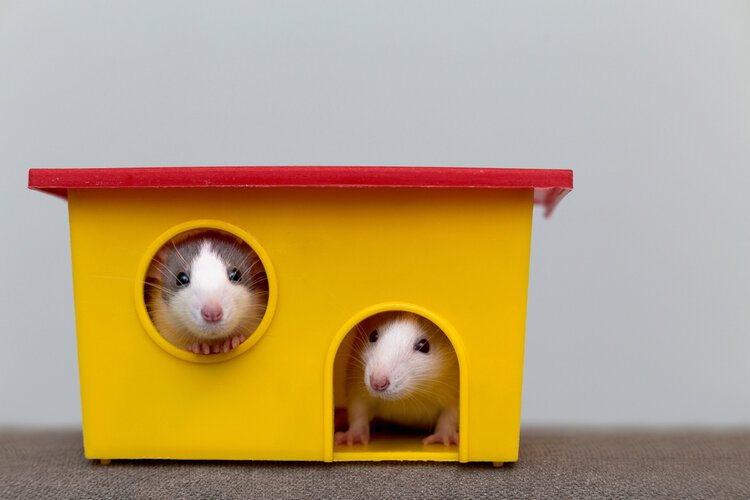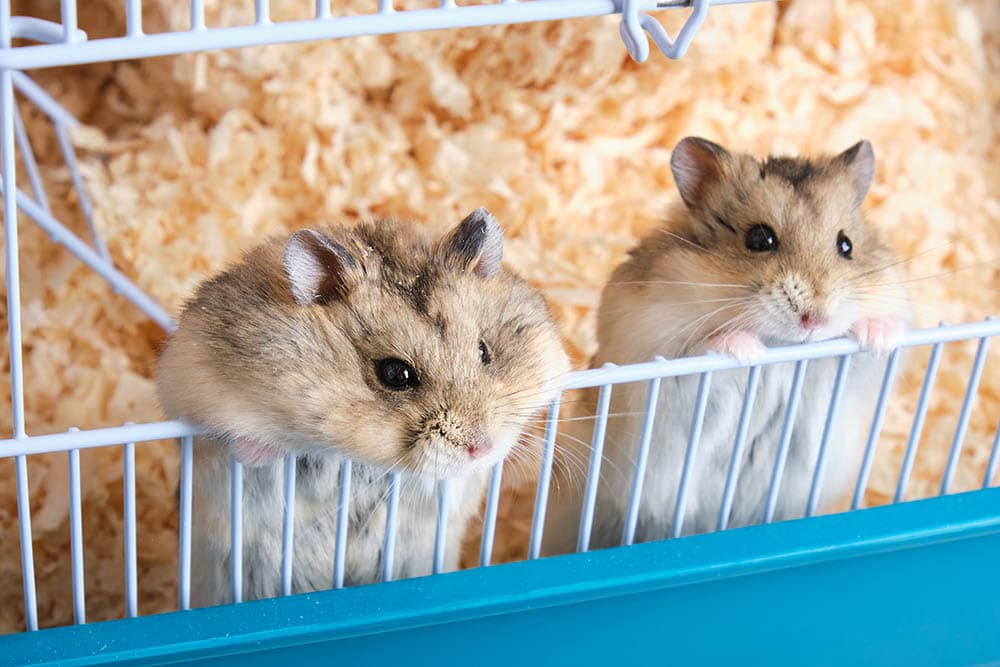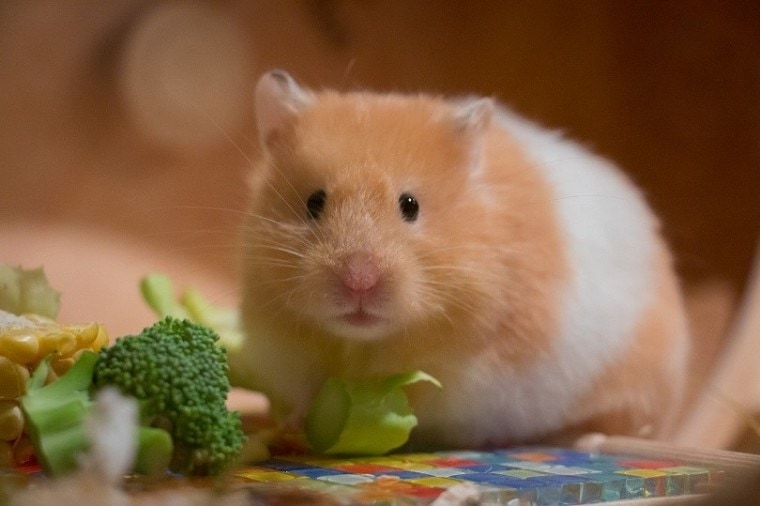
From their cute, round little faces to their adorable eyes, soft fur, hamsters are just the perfect definition of cuteness. But do hamsters make good pets?
Apart from being cute, hamsters don’t require much attention; they don’t need intense exercise, and they are one of the most affordable pets to own in terms of maintenance. So yes, hamsters do make good pets.
Are you looking to bring one of these cute little guys home? Here are five in-depth reasons why hamsters make good pets.
The 5 Reasons Why Hamsters Make Good Pets
1. They Don’t Need Intense Exercise
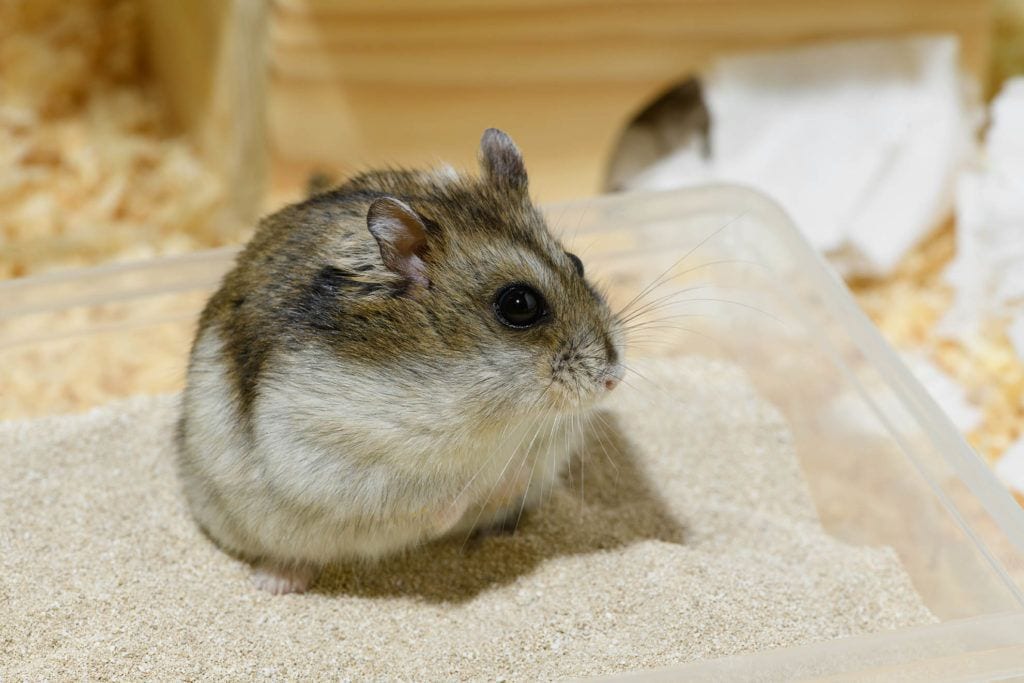
Unlike pet dogs that require hours of intense exercise running outside, hamsters don’t need that much exercise. However, these little pals do need to exercise more once a day.
Regular exercise helps hamsters fulfill their “scavenger” instinct that involves running around, especially at night. It also helps them stay fit and healthy.
Exercise also keeps them active and prevents them from getting bored because you do not want to have a bored hamster. Bored pet hamsters are known to be irritable, lethargic, and have destructive behavior like chewing up just about anything, which increases their chances of escaping.
But you don’t have to worry because there are a ton of simple ways on how to exercise your pet hamster, like providing it with a good-quality exercise wheel in its cage, among others.
2. Hamsters Do Not Require Extensive House Training
Unlike pet cats and dogs that need extensive house training to instill good habits in them, pet hamsters don’t require all that.
Hamsters are naturally intelligent animals who learn quickly, so potty training your furry little pet will definitely be a walk in the park. They are also very clean animals who like to eliminate their waste in one specific spot.
Although hamsters also don’t need to be taught how to sit and do complicated tricks, training your pet hamster to be comfortable socializing with you and other people is crucial because you do not want an aggressive biting hamster!
3. Hamsters Do Not Need A Lot of Attention
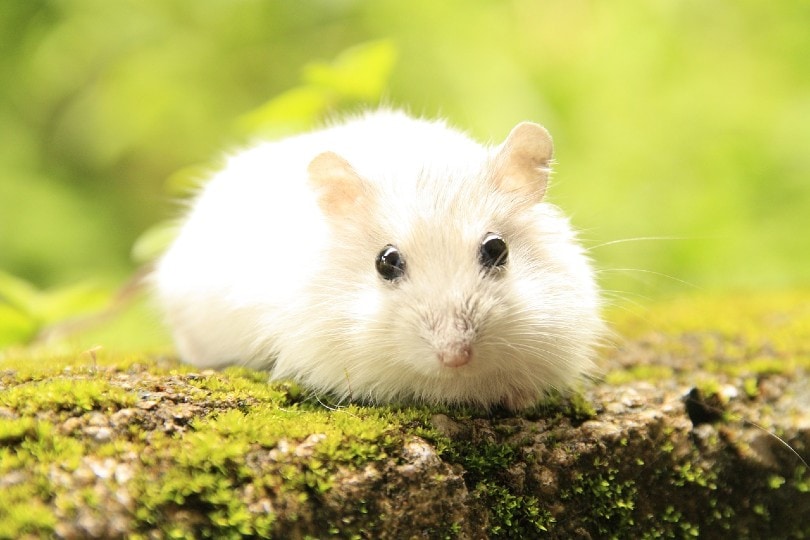
Looking for a pet that won’t jump on you the minute you get home? Hamsters are one of the ideal pets in this case. Hamsters don’t usually crave so much attention. With a clean cage, enough food and water, and a high-quality exercise wheel, your pet hamster will be good to go.
However, that doesn’t mean you should ignore your pet completely. Showing your furry little pal some attention makes it more cheerful and helps it bond and form a relationship with you. What’s more, it also helps your pet hamster to get comfortable with other people easily.
4. Hamsters Don’t Take Up a Lot of Space
If you’re looking for an apartment pet, hamsters are one of the best pets for that. Pet hamsters don’t take up a lot of space because they are inside their cage most of the time.
However, they do require a lot of their own space. And by that, we mean spacious cages. Hamsters need cages with a lot of room where they can run around and satisfy that natural “scavenger” instinct they have. They also need enough space where they can dig and forage to their little hearts’ content.
You can also get your pet hamster a cage with tubes, platforms, or ladders for extra space. What’s more, this will be a more interesting environment for your furry little friend, resulting in a happy, active pet.
5. They Require Very Little Maintenance

As we’ve mentioned before, pet hamsters are naturally clean animals who like emptying their bowels in one place, making cleaning up after them very easy. They also spend a lot of time inside their cage, which means there will be less or no poop around the house for you to clean.
Pet hamsters also don’t shed, which is an added advantage when it comes to maintenance.
Like cats, pet hamsters are fastidious groomers, which means they constantly clean themselves so bathing them isn’t necessary. However, it is essential to clean your pet once in a while because there are areas like it’s behind where it cannot clean itself.
The 3 Friendliest Types of Pet Hamsters
There are over 20 hamster species across the globe, but only a few of them can be kept as pets because of their friendly nature. Some of the friendliest pet hamster species include:
1. Syrian Hamster
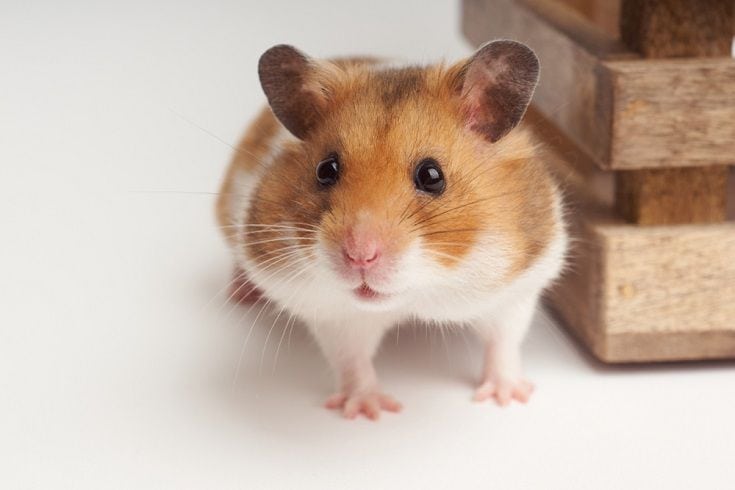
These 5 to 7-inch hamsters have a stout, stocky body structure with little tails that are almost invisible underneath all their fur. They also have chubby legs with wide feet.
One of the cutest things about this hamster species is its large cute eyes and little, tulip-shaped, fur-covered ears. These hamsters have golden-colored fur-coat and are known to have this cute ability to store food in both of their cheek pouches.
Syrian hamsters are considered to be one of the friendliest pet hamsters. They can form strong relationships with their owners and other people because they are not social with other hamsters. But this only happens if they are trained.
2. Campbell’s Russian Dwarf Hamster

This is another hamster that you can definitely keep as a pet. They are about 2-3 inches long, have stripes that run down the center of their backs, and have white fur under their paws and on their bellies.
Campbell’s Russian dwarf hamsters have agouti, white, cinnamon, or sandy brown fur colors. They also can store food as large as sunflower seeds in their cheek pouches.
Unlike Syrian hamsters, this hamster species can comfortably interact with other hamsters. They are also very friendly but nip or bite when they feel threatened. That is why it is essential to handle-train it to make it comfortable around people.
3. Chinese Dwarf Hamsters

These hamsters have long, thin bodies and long tails. In fact, they look more like rats. These 4-inches hamsters either have agouti or greyish fur.
Apart from being friendly with other hamsters, Chinese dwarf hamsters are amiable and cuddly companions. However, like other pet hamsters, they need to be trained to get used to being held. Otherwise, they will keep on biting.
Do Hamsters Like to be Held?
Well, yes and no. For starters, hamsters are naturally prey animals, which means they will automatically bite, nip, or pull away as a way of protecting themselves when picked up. They will also bite if your hands smell like food or have another animal’s scent.
However, that doesn’t mean hamsters do not like to be held. They surprisingly thrive when given some bit of attention. And this is where training comes in. Training your pet hamster helps both of you form a great relationship. It also helps your furry little pal become comfortable when held by other people.
Here are some simple training tips for your pet hamster:
Let Your Pet Settle
Although most people don’t put much thought into it, allowing your pet hamster to settle and get used to its new environment is a significant step in training it.
Allow Your Pet Hamster to Get Used to Your Voice
Like any other pet, allowing your hamster to get used to voice is also very important. One way you could do so is by placing its cage in areas where you and other people are always around. But be careful not to put it so close that your voice becomes a nuisance.
You can also start talking gently to your furry little companion. You don’t have to hold conversations with it. Just a few words every day is fine.
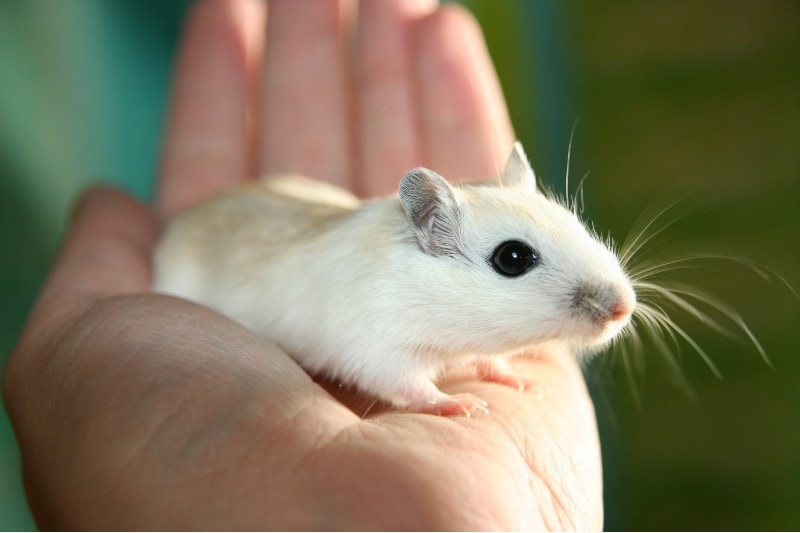
Regularly Hand Over Treats to Your Pet
Pet hamsters absolutely love treats, and giving your pet hamster treats from your hand is an excellent way to train it. Remember to wash your hands, so it doesn’t get uncomfortable and bite.
Hold Your Pet Hamster with Care
Hamsters are very small and delicate animals and can fall easily. So, when it’s time to finally hold your furry little pal, cup one hand under and gently place your other hand on top of it to keep it from falling.
When holding your pet hamster, please keep your hands close to any surface so that it cannot get hurt if it falls.
How to Care for a Hamster
Here are a couple of tips on how to care for your pet hamster:
Final Thoughts
Hamsters are great pets to own if you are looking for a pet that doesn’t require a lot of commitment. However, that doesn’t mean you should ignore it. Taking good care of your pet hamster will result in a happy and healthy little pal.
Featured Image Credit: mordilla-net, Pixabay


